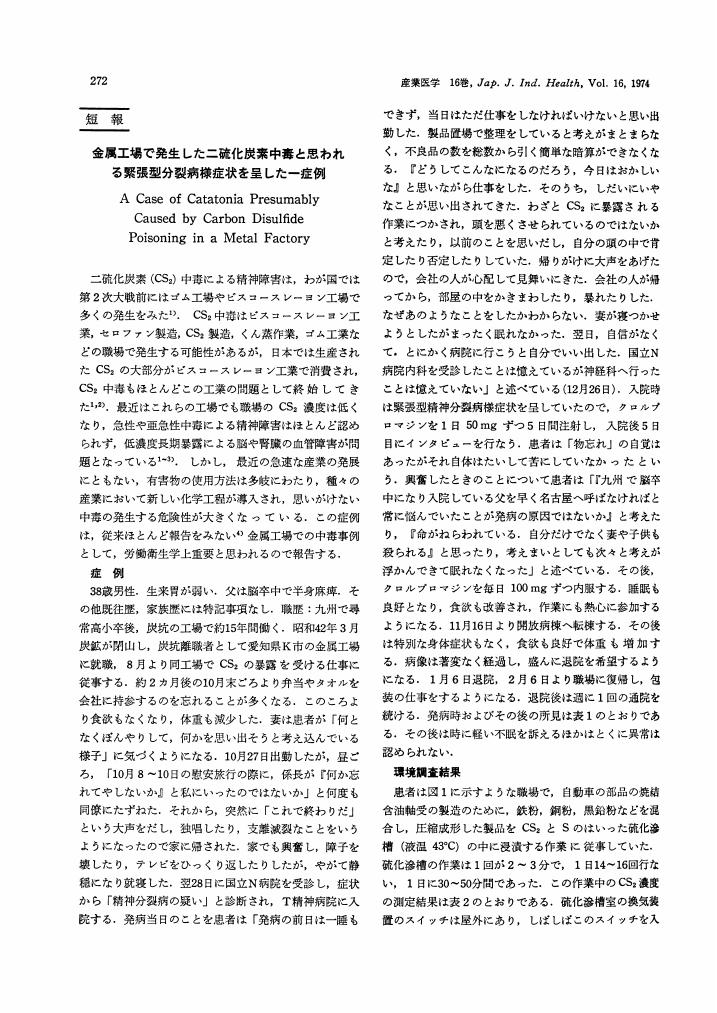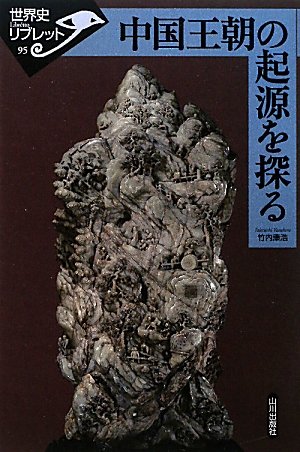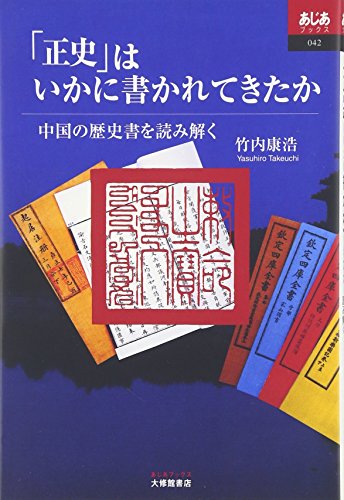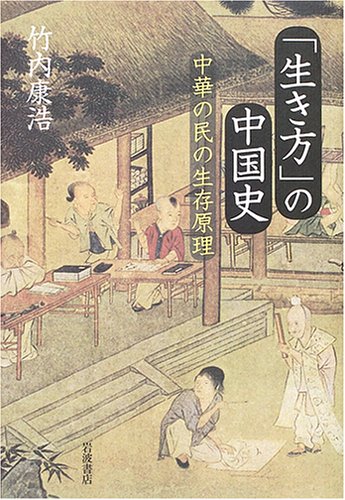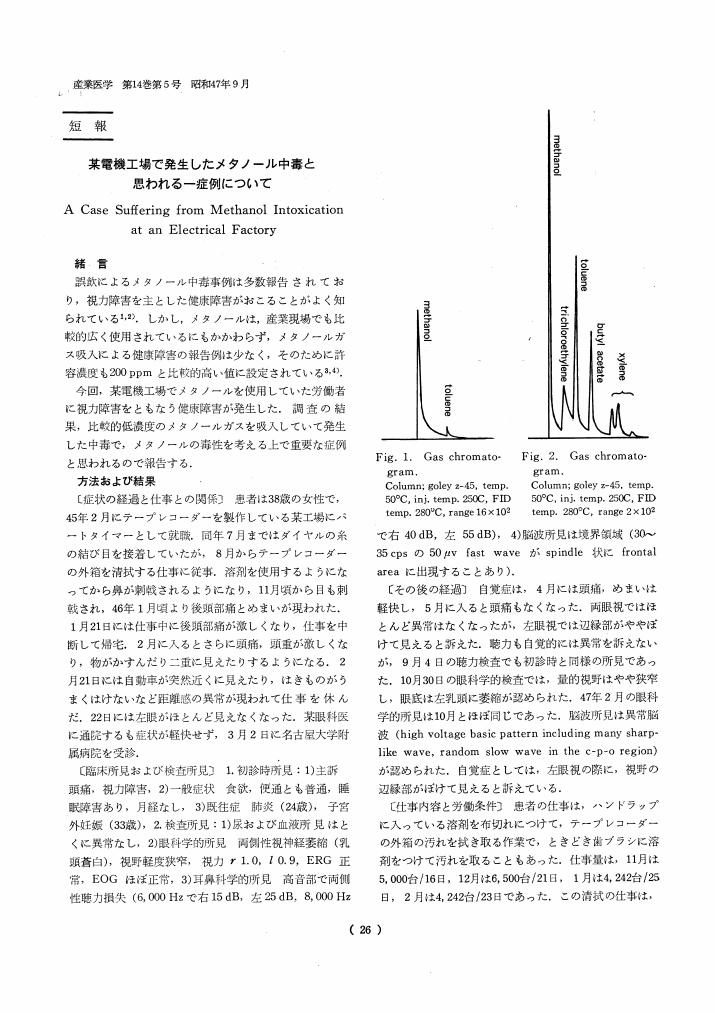11 0 0 0 OA トルエンを主とした有機溶剤使用者にみられた間脳症候群の2症例
- 著者
- 竹内 康浩 西崎 恒男 高城 晋 馬淵 千之
- 出版者
- 社団法人 日本産業衛生学会
- 雑誌
- 産業医学 (ISSN:00471879)
- 巻号頁・発行日
- vol.14, no.6, pp.563-571, 1972 (Released:2011-03-04)
- 参考文献数
- 11
- 被引用文献数
- 1 1
Large amount of organic solvents is used in the processing industries and most of these industries are medium or small enterprises. Therefore, health of workers working there is liable to be disturbed by organic solvents. And as the workers exposed to organic solvents usually complain of indefinite oilments, recently health of workers exposed to organic solvents became to be studied endocrinologically and neurologically.Two workers exposed to organic solvents in a paints industry consulted us and complained of dizziness, headache, tinnitus, insomnia, slight fever, disturbance of appetite, decrease of body weight, cramp of lower extremities, etc. And in our clinical examination, hypofunction of diencephalon-hypohysis-adrenal cortex system, hypesthesia on one side, continuous slight fever, slight orthostatism, abnormal EEG etc. were found and diagnosed as diencephalon syndrome.Working conditions were investigated. This paints industry is medium enterprise but the work room where the two patients were working was small and ventilated not sufficiently. And it was found that the two worker were being exposed to toluene vapor of which concentration ranged from several hundred ppm to one thausand and several hundred ppm and to smaller concentration of other organic solvents. Therefore, it was thought that the disorders of these two patients were caused chiefly by exposure to toluene vapor.The two patients were detached from the work place and treated in our hospital, but disorders of them were not rapidly improved.In view of these serious health disorders of the two workers, we think it is very important that the toxicity of organic solvents should be still more studied especially concerning the effect to the endocrine and nervous systems, and that the working conditions in work place using organic solvents should be still more improved for prevention of organic solvent poisoning.
6 0 0 0 〓公〓の資料的問題について
- 著者
- 竹内 康浩
- 出版者
- 公益財団法人史学会
- 雑誌
- 史學雜誌 (ISSN:00182478)
- 巻号頁・発行日
- vol.115, no.1, pp.三五-五三, 2006-01-20
Suigongxu is a bronze vessel that has appeared in the research literature as of late and which many scholars believe dates back to the middle of the Western Zhou period. The vessel contains a long inscription of about 100 characters, the content of which has been rendered as unique. In particular, two aspects of the inscription stand out. One is the appearance of a mythological character Yu禹; the other, the use of the term tianxia天下(the world). Neither terms have appeared in the available source materials on the period to date and therefore have been lauded as new insights into Western Zhou thought and culture. However, we do not know the circumstances surrounding the archeological discovery of the vessel, and both its construct and inscription differ greatly from what has been identified to date as "Western Zhou" style bronzeware and prose. Based on such doubts, the author of the present article discusses the content of the vessel's inscription and comes to the conclusion that great caution should be taken in assuming that at face value the vessel will shed new light on the period in question. What has to be debated first is whether it is a genuine Western Zhou period bronze artifact or not.
5 0 0 0 IR 外形と相(うらない) : 中国古代における身体観について
- 著者
- 竹内 康浩
- 出版者
- 北海道教育大学
- 雑誌
- 北海道教育大学紀要. 人文科学・社会科学編 (ISSN:13442562)
- 巻号頁・発行日
- vol.68, no.2, pp.33-48, 2018-02
5 0 0 0 〓公〓の資料的問題について
- 著者
- 竹内 康浩
- 出版者
- 公益財団法人 史学会
- 雑誌
- 史学雑誌 (ISSN:00182478)
- 巻号頁・発行日
- vol.115, no.1, pp.35-53, 2006
Suigongxu is a bronze vessel that has appeared in the research literature as of late and which many scholars believe dates back to the middle of the Western Zhou period. The vessel contains a long inscription of about 100 characters, the content of which has been rendered as unique. In particular, two aspects of the inscription stand out. One is the appearance of a mythological character Yu禹; the other, the use of the term tianxia天下(the world). Neither terms have appeared in the available source materials on the period to date and therefore have been lauded as new insights into Western Zhou thought and culture. However, we do not know the circumstances surrounding the archeological discovery of the vessel, and both its construct and inscription differ greatly from what has been identified to date as "Western Zhou" style bronzeware and prose. Based on such doubts, the author of the present article discusses the content of the vessel's inscription and comes to the conclusion that great caution should be taken in assuming that at face value the vessel will shed new light on the period in question. What has to be debated first is whether it is a genuine Western Zhou period bronze artifact or not.
3 0 0 0 第11回有機溶剤の生殖毒性(有機溶剤による健康障害)
- 著者
- 竹内 康浩 市原 学
- 出版者
- 公益社団法人 日本産業衛生学会
- 雑誌
- 産業衛生学雑誌 (ISSN:13410725)
- 巻号頁・発行日
- vol.40, no.5, pp.A101-A103, 1998
- 参考文献数
- 16
2 0 0 0 OA 事実を改変させる力としての避諱・序説 : 中国人の歴史記録意識考(1)
- 著者
- 竹内 康浩
- 出版者
- 北海道教育大学
- 雑誌
- 釧路論集 : 北海道教育大学釧路分校研究報告 (ISSN:02878216)
- 巻号頁・発行日
- vol.35, pp.87-93, 2003-11-30
先に私は『「正史」はいかに書かれてきたか』を著わし、中国の歴史書の成立とその編纂の伝統について若干の考察を試みた。そこにおける問題意識は、中国歴代王朝において執念とでも言うべき情熱を以て行われた正史編纂事業の持つ意味と、正史を編纂するに当たって設けられたさまざまな基準、とを中心とした。しかしそれら以外にもまだ問題がある。即ち、過去に実在しなかったものを実在したかのように記しながら、しかしそれを書いた人物が「捏造」意識を全く持たなかったであろう書き換えが、実は歴史書の中には極めて多数存在するのである。実際には存在しなかった人物が活躍し、実際には存在しなかった地名が各地に散在することとなっても、編纂者はそれを程遠として意識せず、それどころかむしろ細心の配慮を以て書き換えを励行したのである。その書き換えは、編纂者の個人的主観によるものではない。中国に古くから存在する「避諱」という習慣に基づくものである。「避諱」は単なる習慣というレベルを越えて、「同時代の常識による無意識的な表現様式」として、著作を始めあらゆる表現行為に対して影響を与えている。従来は、歴史書編纂という行為について、まさにその「歴史」に関わるという特別な営みの面を余りにも重視してきたのではないであろうか。歴史書編纂という行為に対しても、表現行為一般の中における位置づけを正当に与える必要があり、そのために、過去における「無意識的な表現様式」の部分にも光を当てねばならない、と考えるものである。まさにその問題提起として、本稿は、「避諱」という習慣を取り上げて検討を加えるものであり、まず、その問題意識と方法論とを提示するものである。
- 著者
- 小野 雄一郎 竹内 康浩 久永 直見 馬淵 千之 柴田 寿彦
- 出版者
- 公益社団法人日本産業衛生学会
- 雑誌
- 産業医学 (ISSN:00471879)
- 巻号頁・発行日
- vol.22, no.4, 1980-07-20
- 著者
- 小野 雄一郎 竹内 康浩 久永 直見 岩田 全充
- 出版者
- 公益社団法人日本産業衛生学会
- 雑誌
- 産業医学 (ISSN:00471879)
- 巻号頁・発行日
- vol.24, no.4, 1982-07-20
1 0 0 0 OA 金属工場で発生した二硫化炭素中毒と思われる緊張型分裂病様症状を呈した一症例
- 著者
- 竹内 康浩 太田 龍朗
- 出版者
- 社団法人 日本産業衛生学会
- 雑誌
- 産業医学 (ISSN:00471879)
- 巻号頁・発行日
- vol.16, no.4, pp.272-273, 1974 (Released:2011-03-04)
- 参考文献数
- 5
1 0 0 0 中国王朝の起源を探る
1 0 0 0 中国の復讐者たち : ともに天を戴かず
1 0 0 0 「正史」はいかに書かれてきたか : 中国の歴史書を読み解く
1 0 0 0 「生き方」の中国史 : 中華の民の生存原理
1 0 0 0 OA 2-エチル-1-ヘキサノールによる室内空気汚染 室内濃度,発生源,自覚症状について
- 著者
- 上島 通浩 柴田 英治 酒井 潔 大野 浩之 石原 伸哉 山田 哲也 竹内 康浩 那須 民江
- 出版者
- 日本公衆衛生学会
- 雑誌
- 日本公衆衛生雑誌 (ISSN:05461766)
- 巻号頁・発行日
- vol.52, no.12, pp.1021-1031, 2005 (Released:2014-08-06)
- 参考文献数
- 36
目的 2-エチル-1-ヘキサノール(以下,2E1H)は,我が国で室内空気汚染物質として注目されることがほとんどなかった揮発性有機化学物質(以下,VOC)である。本研究では,2E1H による著しい室内空気汚染がみられた大学建物において,濃度の推移,発生源,学生の自覚症状を調査した。方法 1998年に竣工した A ビルの VOC 濃度を2001年 3 月から2002年 9 月にかけて測定した。対照建物として,築後30年以上経過したBビルの VOC 濃度を2002年 9 月に調査した。空気中カルボニル化合物13種類はパッシブサンプラー捕集・高速液体クロマトグラフ法で,その他の VOC41 種類は活性炭管捕集・ガスクロマトグラフ-質量分析(GC-MS)法で測定した。2002年 8 月に床からの VOC 放散量を二重管式チャンバー法で,空気中フタル酸エステル濃度をろ過捕集・GC-MS 法で測定した。講義室内での自覚症状は,2002年 7 月に A ビル315名および B ビル275名の学生を対象として無記名質問票を用いて調査した。結果 2E1H だけで総揮発性有機化学物質濃度の暫定目標値(400 μg/m3)を超える場合があった A ビルの 2E1H 濃度は冬季に低く,夏季に高い傾向があったが,経年的な低下傾向はみられなかった。フタル酸エステル濃度には 2E1H 濃度との関連はなかった。2E1H 濃度は部屋によって大きく異なり,床からの 2E1H 放散量の多少に対応していた。床からの放散量が多かった部屋では床材がコンクリート下地に接していたが,放散量が少なかった部屋では接していなかった。講義室内での自覚症状に関して,2E1H 濃度が低かった B ビル在室学生に対する A ビル在室学生のオッズ比の有意な上昇は認められなかったが,鼻・のど・下気道の症状を有する学生は A ビルのみにみられた。結論 2E1H 発生の機序として,床材の裏打ち材中などの 2-エチル-1-ヘキシル基を持つ化合物とコンクリートとの接触による加水分解反応が推定された。両ビル間で学生の自覚症状に有意差はなかったが,標本が小さく検出力が十分でなかった可能性もあった。2E1H 発生源対策とともに,高感受性者に注目した量反応関係の調査が必要である。
- 著者
- 竹内 康浩
- 出版者
- 北海道大学大学院文学研究科
- 雑誌
- 北海道大学文学研究科紀要 (ISSN:13460277)
- 巻号頁・発行日
- vol.141, pp.81-1009, 2013-11-27
1 0 0 0 OA "ノルマンヘキサン"中毒の多発をみたビニールサンダル業者の労働衛生学的調査研究
- 著者
- 井上 俊 竹内 康浩 竹内 寿和子 山田 信也 鈴木 秀吉 松下 敏夫 宮垣 仁実 前田 勝義 松本 忠雄
- 出版者
- 社団法人 日本産業衛生学会
- 雑誌
- 産業医学 (ISSN:00471879)
- 巻号頁・発行日
- vol.12, no.3, pp.73-84, 1970-03-20 (Released:2008-04-14)
- 参考文献数
- 17
- 被引用文献数
- 1 2
In 1967 there occurred many polyneuropathy cases in household vinyl sandal manufacturers at F-disrict in Mie prefecture. In this district among 3, 210 people (788 families) most of them engaged in vinyl sandal manufacture (as of Oct, 1967). Ninety three patients suffering from polyneuropathy were found by our survey. Out of these 93 patients those suffering from sensory polyneuropathy were 53, from sensorimotor polyneuropathy 32 and from sensorimotor polyneuropathy with muscle atrophy 8 (cf. Tab. 1). The work conditions and the factors contributing to the intoxication's were investigated, and the method of prevention was suggested. The results are as follows. (1) The patients occurred in 1961 at first and the number of them increased rapidly from 1965 and showed a peak in 1967 (cf. Tab. 2). This increase was in parallel with the amount of adhesives containing "n-Hexane" used in this district (cf. Tab. 3, 4). Outbreak of many patients in winter and spring may due to poor ventilation in winter. (2) The causative substance was considered to be "n-Hexane". But "n-Hexane" on sale contains 2-methylpentane, 3-methylpentane, n-hexane, and methylcyclopentane, and the quantity of n-hexane in "n-Hexane" is about 60% (cf. Fig. 6). (3) The work conditions of the vinyl sandal manufacturers among whom many cases of "n-Hexane" intoxication occurred were as follows. 1) The work was primitive household manufacture and living rooms were used as the working place (cf. Fig. 1, 3). 2) As adhesives containing a large quantity of highly volatile "n-Hexane" were used in narrow rooms, the concentration of "n-Hexane" vapor became high and reached about 500-2500 ppm in the work room. The vapor concentrations were especially high in winter because of closed windows. (cf. Fig. 7, 8, 9). 3) Since the workers (subcontractors) were paid by the number of manufacturedgoods, their working period was unrestrictedly long and some worked for 14 hours per day (cf. Fig. 10). 4) The work intensity was high and some starched 3, 000 times per day. It seems that the more the times of starching, the heavier the degree of symptoms (cf. Fig. 11). 5) As the adhesives were used with hand brushes, the vapor concentrations were high at the site near the noses of the workers, so that they inhaled the organic solvent vapor at high concentrations. 6) As the organic solvents vapor ignite easily, the work rooms were not heated and they were working at quite low temperatures in winter (cf. Tab. 5). 7) The workers were not instructed as to the toxicity and the handling method of the organic solvents. 8) Usual health supervision was not performed at all. (4) The chief cause of the occurrence of intoxications was that a large amount of the organic solvents was used under very poor work conditions as above mentioned combined with neglected supervision. Moreover, that which gave impetus to the occurrence of the intoxication was that the easily drying adhesives containing a large quantity of "n-Hexane" were used in order to increase the number of the manufactured goods, because the pay per one of the goods was not increased for these several years in spite of the recent inflation. (5) As the urgent measure for the prevention, though instruction on the toxicity and the handling method of the organic solvents, improvement of the ventilation and the working methods, guidance by the health center and so on were made, these are only certain aspects of measures for the prevention. The danger of the intoxication may not be perfectly removed without the fundamental reform in the work conditions.
- 著者
- 竹内 康浩 松浦 和宏 小塩 大輔 石川 まりあ
- 出版者
- 一般財団法人 日本英文学会
- 雑誌
- 英文学研究 支部統合号 (ISSN:18837115)
- 巻号頁・発行日
- vol.7, pp.7-16, 2015-01-20 (Released:2017-06-16)
1 0 0 0 OA n-ヘキサンの毒性と量・反応関係
- 著者
- 竹内 康浩 久永 直見 小野 雄一郎 井上 俊
- 出版者
- 社団法人 日本産業衛生学会
- 雑誌
- 産業医学 (ISSN:00471879)
- 巻号頁・発行日
- vol.22, no.6, pp.470-487, 1980-11-20 (Released:2008-04-14)
- 参考文献数
- 96
- 被引用文献数
- 1 2
A large amount of n-hexane is being widely used in industry as a solvent or a component of the mixed solvents for extraction of vegitable oils, adhesives, paints, and for cleaning, etc. And, many cases of polyneuropathy due to n-hexane have been reported up to now. Recently, studies on the neurotoxicity and metabolism of n-hexane rapidly progressed in many countries. The present review covers clinical signs and symptoms, pathological changes, metabolism, dose-response (effect) in acute exposure, glue or thinner sniffers, workers, animal experiments. The joint effects and the maximal allowable concentration of n-hexane are also briefly discussed.
- 著者
- 竹内 康浩 小野 雄一郎 久永 直見 鬼頭 純三 杉浦 康夫
- 出版者
- 公益社団法人日本産業衛生学会
- 雑誌
- 産業医学 (ISSN:00471879)
- 巻号頁・発行日
- vol.21, no.6, 1979-11-20
1 0 0 0 OA 某電機工場で発生したメタノール中毒と思われる一症例について
- 著者
- 竹内 康浩 太田 留美子 馬淵 千之
- 出版者
- 社団法人 日本産業衛生学会
- 雑誌
- 産業医学 (ISSN:00471879)
- 巻号頁・発行日
- vol.14, no.5, pp.464-465, 1972 (Released:2011-03-04)
- 参考文献数
- 5
- 被引用文献数
- 1

